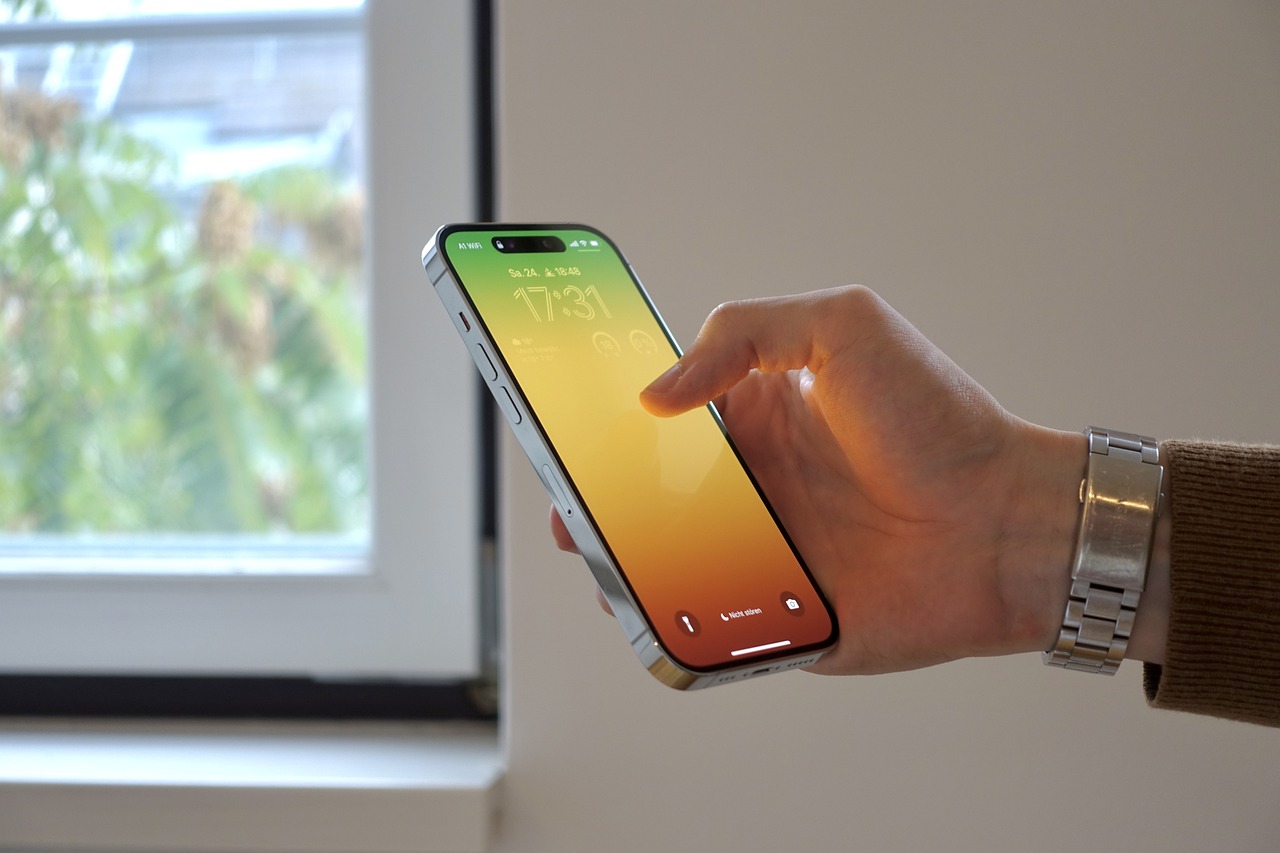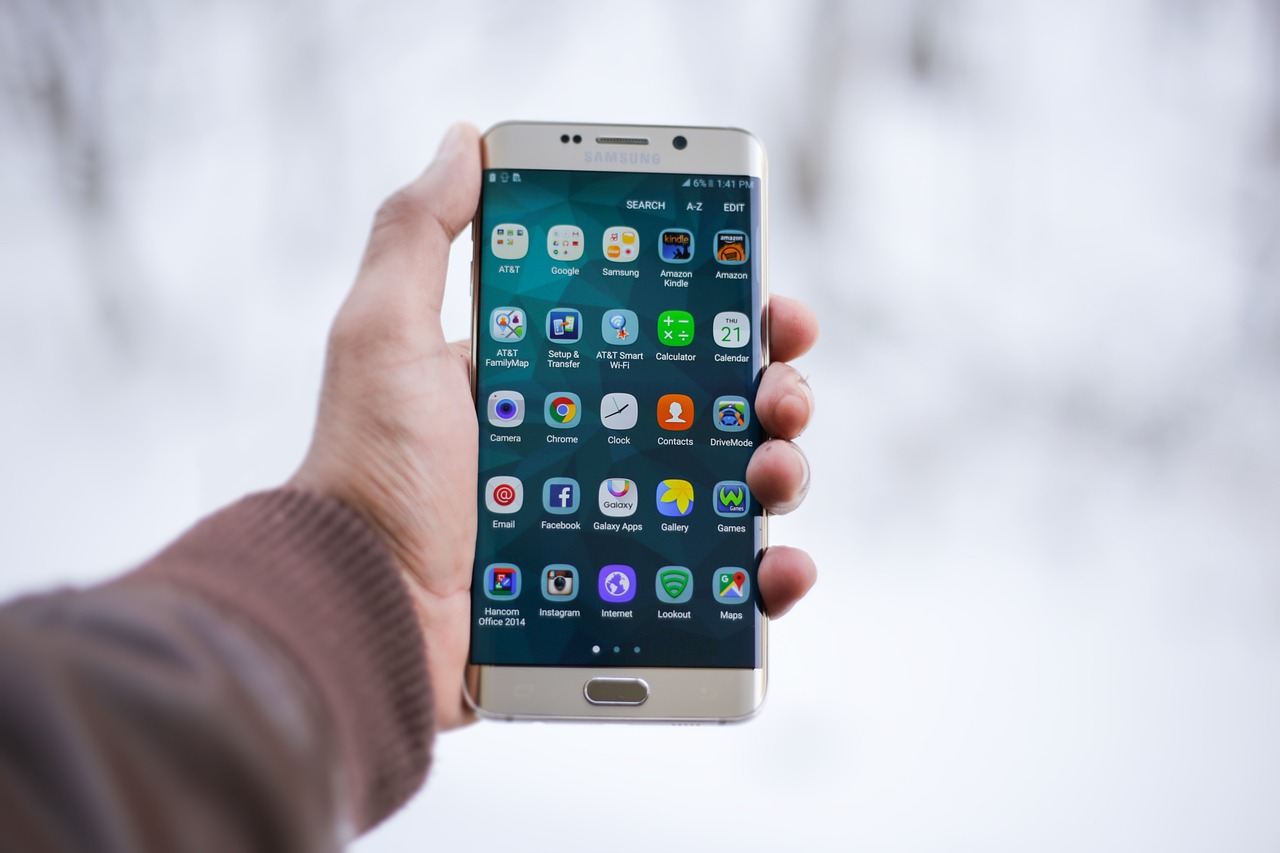Find out everything about the businessman's plan, which should come to fruition soon. The service is expected to start operating in the coming months.
Starlink, the telecommunications company owned by billionaire Elon Musk, owner of X, formerly Twitter, is preparing to put an old plan into practice: providing internet access directly to cell phones, without relying on antennas or routers. A new page dedicated to the topic has appeared on the company's official website, which increases expectations that the service will begin operating in the coming months.
The product is called Startlink Direct to Cell, at least for now. It works with cell phones that support LTE wireless communication technology, which is popularly known as 4G here in Brazil. The company announced a partnership with the operator T-Mobile in August 2022, but the two companies spent more than a year without giving any news about the news, at least until now.
Continue reading and learn more about this new feature from the company and discover how it should work!

Start of operations
After more than a year without Starlink and T-Mobile talking about the subject, it seems that now it will. The idea of SpaceX's telecommunications division is to provide communication by text messages as early as next year.
To do this, you would just need to have a compatible cell phone and point it at the sky, so that it captures the signal from the satellite closest to the region. At least that is the promise of the companies that are betting on satellite connectivity on cell phones.
A few months ago, the CEO from Qualcomm, Cristiano Amon said that satellite connection brings real benefits to users, as we have all become “dependent on telephone networks” for our daily lives.
In addition to cell phones, he believes that technology can also be a determining factor in cars. According to him, it is important to know where the driver is in case the airbag deploys.
Limitations
Despite the opportunities surrounding this type of connection, it is important to remember that there are limitations. The biggest one has to do with the well-known line of sight. It is not possible to connect to a satellite if the cell phone is inside a covered area.
Furthermore, experience shows that the network is still slow. Exchanging messages can take several seconds, even though we are already accustomed to almost instantaneous communication.
The new page on the Starlink company's website predicts that the service will evolve into web browsing and voice calls in the future. In addition to connecting mobile phones, the company also has plans to connect Internet of Things devices by 2025.
Satellites
Starlink has published a figure that demonstrates the structure of Starlink Direct to Cell. The “unmodified” smartphone communicates with the company’s satellite network, which communicates with the network on the ground. From there, data traffic follows the usual internet route, accessing a partner operator’s network and voice, text and data servers.
To achieve this result, the company includes an eNodeB modem in the satellites. However, not all of them are adapted to the new hardware. This is nothing new, since this type of equipment is already used by operators to provide 4G signal.
It is not yet known how much this service will cost. Starlink's high-speed internet is available in Brazil for subscriptions that cost from R$$236, going up to R$$838. In addition, you will also have to pay R$$2,000 charged for the company's equipment.



